Wearable health trackers have advanced significantly, offering deeper insights into fitness, recovery, and overall wellness. Devices like the Whoop 4.0 and Oura Ring 4 utilize advanced sensors to track vital health metrics such as heart rate, sleep patterns, activity levels, and recovery. These sensors send data to a companion app, where it is analyzed to provide actionable insights about your health. While both devices cater to health-conscious users, they focus on different aspects of wellness.
The Whoop 4.0 is a wrist-worn fitness tracker designed primarily for athletes and high-performance users. It monitors strain, recovery, and sleep, providing in-depth analytics to optimize performance and recovery strategies. On the other hand, the Oura Ring 4 is a compact, ring-shaped health tracker that specializes in holistic wellness tracking, with an emphasis on sleep, stress management, and daily readiness insights.
This in-depth comparison will help you decide which tracker best fits your lifestyle and fitness goals.
Design & Comfort
Whoop 4.0:
- Wrist-worn band with a lightweight, screenless design for 24/7 wear.
- Available in Black, Arctic White, Ivy, and various limited edition colors.
- Customizable bands in Soft Touch, SuperKnit, and ProKnit materials.
- Soft, durable fabric ensures comfort during workouts and sleep.
Oura Ring 4:
- Compact, ring-shaped tracker that’s ultra-lightweight and unobtrusive.
- Available in Silver, Black, Gold, and Stealth finishes.
- Made from titanium with a water-resistant coating, making it comfortable for all-day wear.
Verdict:
If you prefer a traditional wrist-worn fitness tracker with a customizable and comfortable fabric band that stays secure during workouts and sleep, the Whoop 4.0 is the better fit. Its lightweight, screenless design makes it easy for 24/7 wear without distractions. On the other hand, if you want a more discreet, jewelry-like tracker, the Oura Ring 4 offers an ultra-lightweight and unobtrusive design. Made from durable titanium with a sleek, water-resistant coating, it provides a stylish yet functional option for continuous health monitoring without the bulk of a wristband.
Starting Price & Subscription
- Whoop 4.0: The Whoop 4.0 operates on a subscription-based model, requiring a monthly payment of $30. However, discounted annual and multi-year membership plans are available, reducing the overall cost. With any membership plan, the Whoop 4.0 device is provided at no additional charge. The subscription grants access to Whoop’s advanced analytics, including in-depth recovery tracking, strain monitoring, sleep analysis, and health insights. While the subscription ensures continuous updates and premium features, the long-term costs can add up significantly compared to one-time purchase options.
- Oura Ring 4: The Oura Ring 4 is available in different finishes, with prices ranging from $349 to $499, depending on the selected finish. To access its full suite of features, an optional Oura Membership is available at $5.99 per month or $69.99 annually. This membership unlocks advanced insights, including daily readiness scores, detailed sleep analysis, and personalized health trends. Without the membership, users retain access to basic tracking features, but the most valuable insights are part of the subscription.
Verdict:
The Whoop 4.0’s subscription model offers a lower upfront cost, with the device included in the membership. However, the recurring fees can accumulate significantly over time. In contrast, the Oura Ring 4 requires a higher initial investment, especially for premium finishes, but provides flexibility with an optional subscription for advanced features. If you prefer a lower upfront cost and are comfortable with ongoing fees for continuous access to premium insights, the Whoop 4.0 may be suitable. Conversely, if you favor a one-time purchase with the option to add advanced features later, the Oura Ring 4 offers a more flexible approach.
Health Tracking Features
Sleep Tracking
- Whoop 4.0: The Whoop 4.0 offers comprehensive sleep tracking, analyzing sleep stages—including light, deep, and REM sleep—while providing insights into sleep quality and duration. It emphasizes recovery by assessing sleep performance and offering personalized recommendations to optimize rest and readiness for physical activity. Additionally, Whoop evaluates sleep debt and suggests ideal sleep times to improve overall recovery.
- Oura Ring 4: The Oura Ring 4 provides detailed insights into sleep stages, body temperature variations, and heart rate patterns. It utilizes AI-driven analytics to help users optimize their sleep habits and overall well-being. Oura also factors in circadian rhythms and daily activity levels to provide a Readiness Score, helping users determine their body’s optimal performance state.
Activity Tracking
- Whoop 4.0: Designed with athletes in mind, the Whoop 4.0 monitors various metrics, including heart rate variability (HRV), resting heart rate, and respiratory rate. It calculates daily Strain Scores based on physical activity, helping users manage training loads and avoid overtraining. The Strain Coach feature provides real-time guidance, recommending optimal exertion levels based on current recovery status.
- Oura Ring 4: The Oura Ring 4 offers comprehensive activity tracking, including step counts, workouts, and general movement trends. While it lacks a dedicated strain metric like Whoop, it integrates seamlessly with popular apps like Apple Health and Google Fit, allowing users to consolidate their health data. The Readiness Score evaluates physical recovery and suggests when to rest or engage in more activity.
Strain and Recovery Tracking
- Whoop 4.0: Whoop is known for its Recovery Score, which assesses daily readiness using HRV, sleep performance, and resting heart rate. This metric helps users understand whether their body is primed for high-intensity exercise or needs rest. The Strain Score quantifies exertion levels, ensuring users strike the right balance between pushing limits and maintaining recovery.
- Oura Ring 4: Oura doesn’t use a strain score but provides a Readiness Score, which evaluates daily recovery based on HRV, sleep patterns, and previous activity levels. While not as performance-driven as Whoop, it offers a broader view of overall well-being.
Female Health Tracking
- Whoop 4.0: The Whoop 4.0 includes menstrual cycle tracking through its journal feature, allowing users to log cycle details manually. While it provides basic tracking, it lacks advanced predictive analytics or integrations for fertility tracking.
- Oura Ring 4: The Oura Ring 4 integrates with Natural Cycles for advanced cycle and fertility tracking. To access this feature, users need both an Oura Membership ($5.99/month) and a Natural Cycles subscription (Monthly: $14.99 or Annual: $99.99, which includes a free basal thermometer). When purchasing the Oura Ring, users can get a $50 discount on the Natural Cycles subscription.
Verdict:
The Oura Ring 4 excels in advanced sleep and female health tracking, offering detailed insights and AI-driven predictive analytics. Its Readiness Score is ideal for those looking for a general wellness overview.
In comparison, the Whoop 4.0 is tailored for athletes and performance-focused users, providing in-depth strain and recovery metrics to optimize training. With its Strain Score and Recovery Score, it offers a more data-driven approach to managing physical exertion.
Battery Life
- Whoop 4.0: The Whoop 4.0 is designed to provide up to 5 days of battery life on a single charge. However, real-world use varies, with many users reporting an average of 3 to 4 days depending on activity levels, heart rate tracking, and sleep monitoring. One of its standout features is its on-the-go charging system, which allows users to charge the device without removing it from their wrist. The clip-on battery pack ensures continuous tracking, making it convenient for those who want uninterrupted health insights.
- Oura Ring 4: The Oura Ring 4 advertises a battery life of up to 8 days, but most users experience around 6 days of usage before needing a recharge. The battery duration depends on factors such as heart rate monitoring frequency, temperature tracking, and continuous activity tracking. The ring charges fully in 20 to 80 minutes, depending on the starting charge level, making it a quick and convenient option for those who prefer a fast recharge cycle..
Verdict:
Both devices provide solid battery performance, but the Oura Ring 4 claims a longer theoretical battery life. In real-world use, the Whoop 4.0 typically lasts 3 to 4 days, while the Oura Ring 4 provides about 6 days on average.
If seamless charging without device removal is a priority, the Whoop 4.0’s clip-on charging system makes it a practical choice for athletes and those who prefer continuous tracking. However, if you want a device with longer battery life per charge and fast charging, the Oura Ring 4 is the more low-maintenance option.
Smartphone Compatibility
- Whoop 4.0: The Whoop 4.0 is fully compatible with iOS and Android, allowing users to access real-time data through the dedicated Whoop app. The app provides detailed performance metrics, including strain, recovery, and sleep tracking. Whoop also integrates with Strava, enabling users to sync their workout data seamlessly. However, it does not support Apple Health or Google Fit, limiting its ability to consolidate health data from multiple sources.
- Oura Ring 4: The Oura Ring 4 is also compatible with both iOS and Android, but it offers broader third-party app integration. Users can sync their data with Apple Health, Google Fit, and Natural Cycles, among over 40 other health and fitness platforms. This allows for a more interconnected health tracking experience, where users can view and analyze multiple health metrics in one place.
Verdict:
Both devices offer seamless smartphone compatibility, but the Oura Ring 4 provides greater connectivity with third-party health platforms. If you prioritize deep integration with Apple Health, Google Fit, and other health-tracking services, the Oura Ring 4 is the better choice. However, if dedicated performance tracking is your main concern, and you don’t need broader app integration, Whoop 4.0 remains a solid option.
Final Verdict
The Whoop 4.0 is the ideal choice for individuals focused on athletic performance and high-intensity training. Its continuous tracking, strain and recovery metrics, and on-the-go charging make it a powerful tool for those who need real-time insights to optimize training and recovery. However, its subscription-based model may not appeal to users looking for a one-time purchase option.
The Oura Ring 4, on the other hand, is best suited for users prioritizing holistic health tracking, with comprehensive sleep monitoring, female health insights, and broader app integrations. Its discreet, stylish design makes it more appealing for everyday wear, though its most advanced features require a paid membership.
Both devices cater to different needs—Whoop 4.0 excels in performance tracking, while Oura Ring 4 provides an all-around wellness experience. Your choice should align with your health goals, lifestyle, and budget preferences.
FAQs
Which device is better for sleep tracking?
The Oura Ring 4 provides more advanced sleep stage analysis, while Whoop 4.0 integrates sleep data with fitness recovery.
Better Battery Life: The Oura Ring 4 offers extended battery performance compared to its predecessor.
Improved Data Capture: Enhanced sensors provide more accurate tracking of metrics such as heart rate, heart rate variability (HRV), and respiration rate.
Enhanced Comfort and Design: The new design eliminates the sensor bumps found in the Oura Ring 3, resulting in a sleeker appearance and lighter overall weight.
For new buyers, the Oura Ring 4 is recommended for its advanced features. However, if you already own the Oura Ring 3, upgrading may not be necessary unless these enhancements are essential to you.
Can I use Whoop 4.0 without a subscription?
No, Whoop requires an active subscription for access to data and insights.
What finger should you wear the Oura Ring on?
The Oura Ring is most effective when worn on your index or middle finger, as these fingers provide the most accurate data due to their alignment with the ring’s sensors. However, it can also be worn on other fingers if needed.
Does the Oura Ring 4 track workouts like Whoop?
Oura tracks general activity, but Whoop 4.0 is more detailed in fitness and recovery tracking.
Is Whoop 4.0 or Oura Ring 4 better for stress tracking?
Oura Ring 4 is better for stress and holistic wellness tracking, while Whoop focuses on physical recovery and performance.
Is the Whoop 4.0 suitable for swimmers?
It’s water-resistant up to 10 meters for 2 hours, making it suitable for swimming.
How does Whoop 4.0 charge?
The Whoop 4.0 uses a clip-on battery pack that allows for on-the-go charging without interrupting usage. Unlike most fitness trackers that require removal for charging, Whoop’s swappable battery pack slides onto the device while it remains on your wrist. This feature ensures continuous tracking, so users never have to take off the band or lose data.
The battery pack itself needs to be charged separately using a USB-C cable, and once fully charged, it can provide one full recharge to the Whoop 4.0 before needing to be recharged again. The battery pack is water-resistant but should not be submerged in water while attached to the Whoop.
Does the Oura Ring 4 use basal body temperature (BBT) tracking?
No, the Oura Ring 4 does not use traditional basal body temperature (BBT) tracking. Instead of measuring a single fixed temperature reading upon waking, like a dedicated BBT thermometer, Oura tracks overnight skin temperature variations.
While this provides valuable cycle trend insights and can help predict phases of the menstrual cycle, it is not the same as BBT tracking, which is required for precise ovulation detection.
For users seeking more advanced fertility tracking, Oura integrates with Natural Cycles, a digital birth control and fertility app. However, accessing this feature requires both an Oura Membership ($5.99/month or $69.99/year) and a separate Natural Cycles subscription ($14.99/month or $99.99/year).
While Oura Ring 4 offers a convenient and automated approach to cycle tracking, those needing highly precise ovulation detection may still need to supplement with a BBT thermometer or other fertility tracking methods.
Can I wear the Oura Ring 4 while lifting weights?
Yes, the Oura Ring 4 can be worn during weightlifting, but users should be cautious when handling heavy weights, barbells, or dumbbells. Since the ring is made of titanium with a PVD or DLC coating, it is scratch-resistant but not scratch-proof. Prolonged exposure to metal-on-metal contact, such as gripping weights, kettlebells, or pull-up bars, may cause wear and tear over time.
For users who frequently lift weights, Oura recommends wearing the ring on the non-dominant hand and avoiding exercises that involve direct pressure on the ring. Some users opt to remove it during heavy lifting to prevent damage while still using it for sleep tracking, heart rate monitoring, and daily activity tracking.
Does Whoop 4.0 track steps?
No, Whoop 4.0 does not track steps like traditional fitness trackers. Instead, it focuses on strain, recovery, and sleep metrics, using heart rate variability (HRV), resting heart rate, respiratory rate, and workout intensity to measure overall exertion.
Whoop’s approach is designed for athletes and performance-focused users, prioritizing cardiovascular load and recovery insights over simple step counting. If step tracking is a key feature for you, a different wearable like the Oura Ring 4, Fitbit, or Apple Watch may be a better fit.

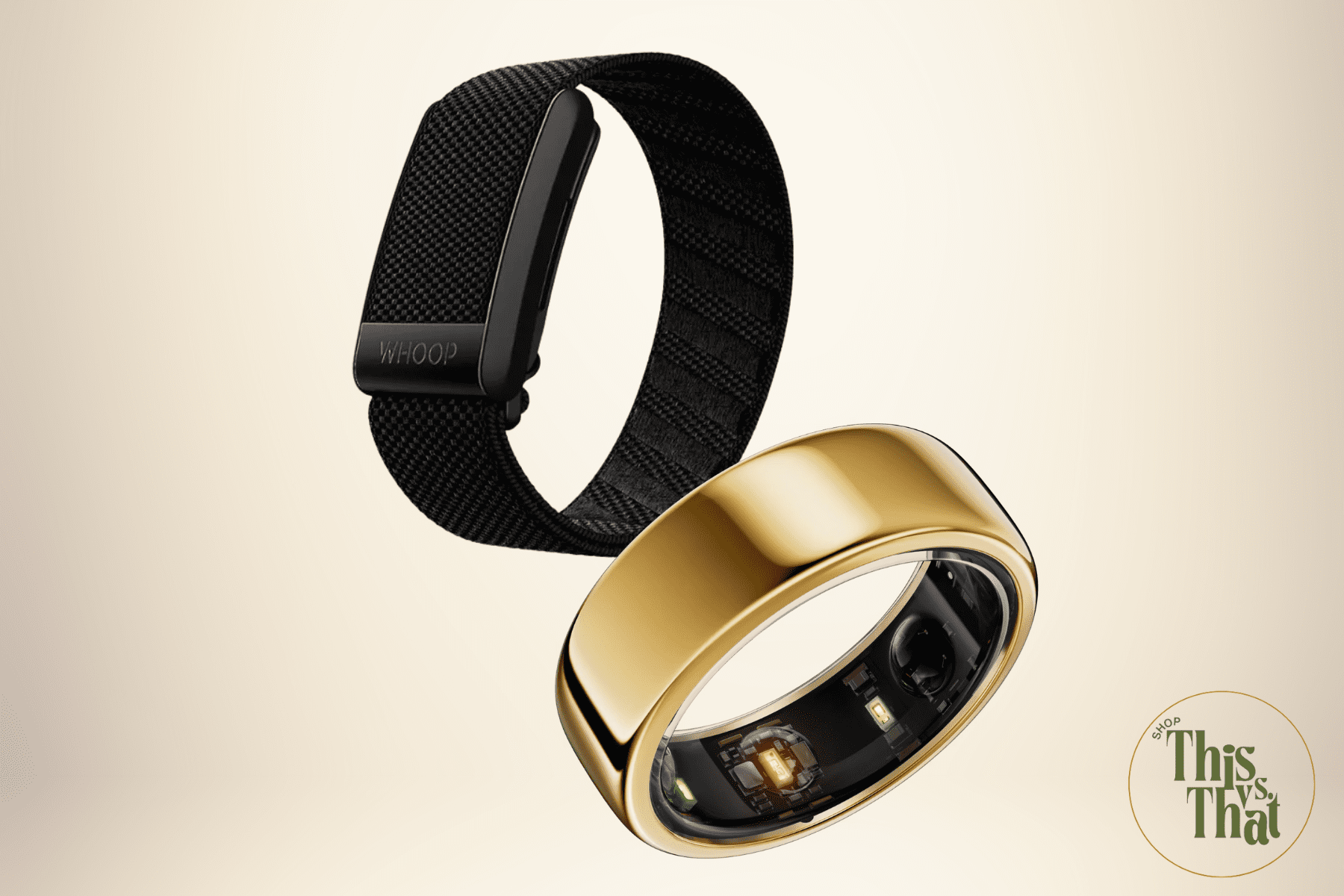

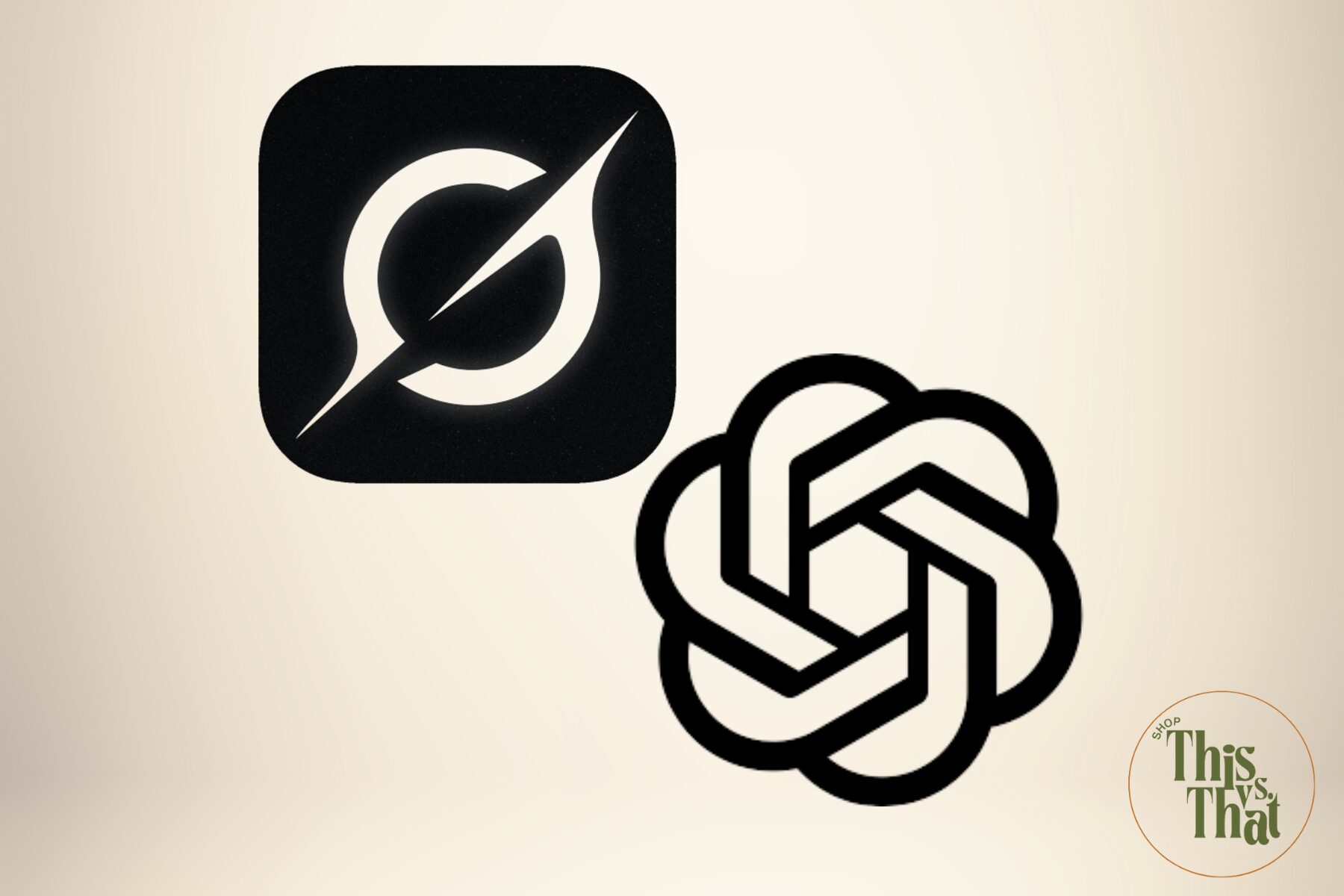
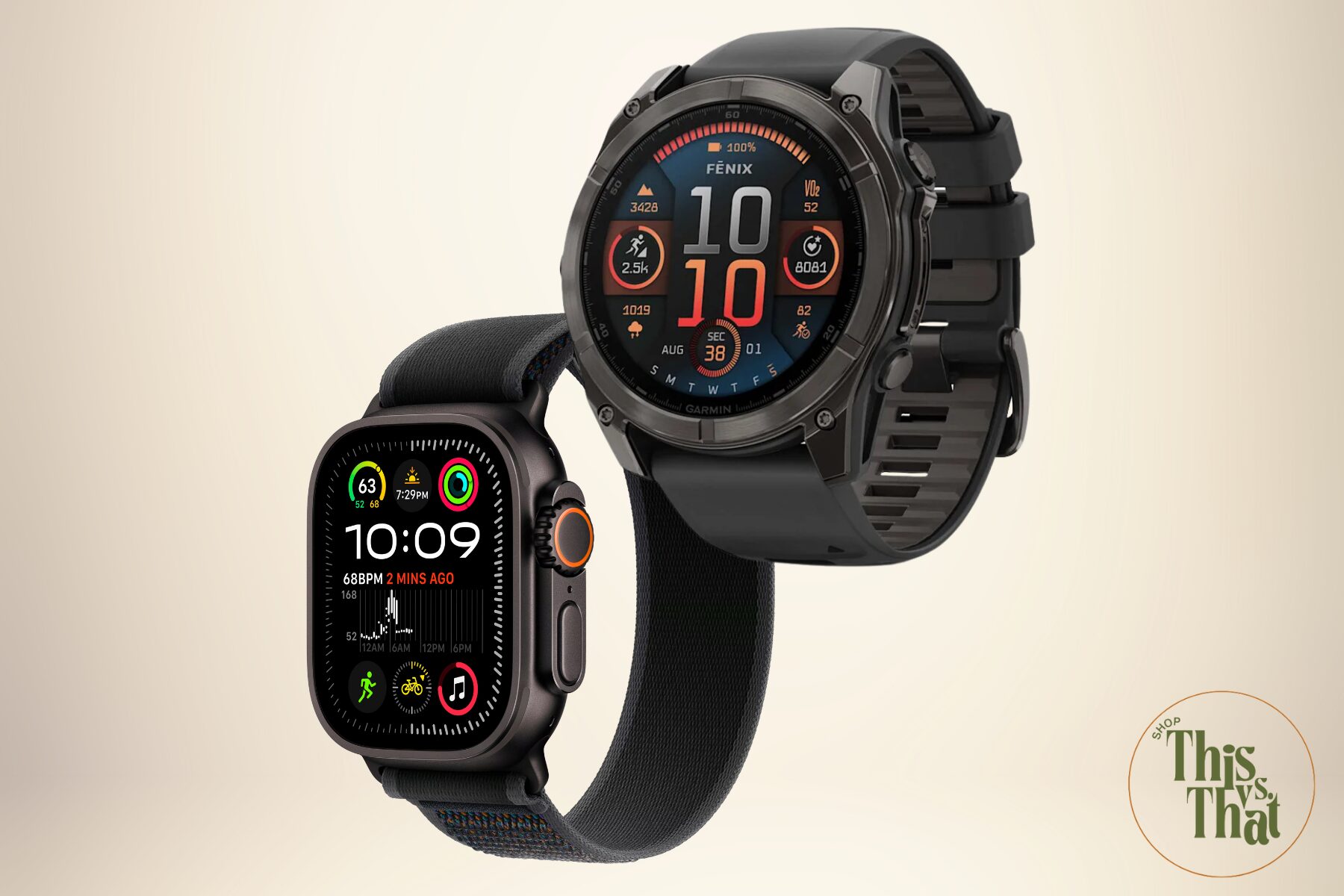
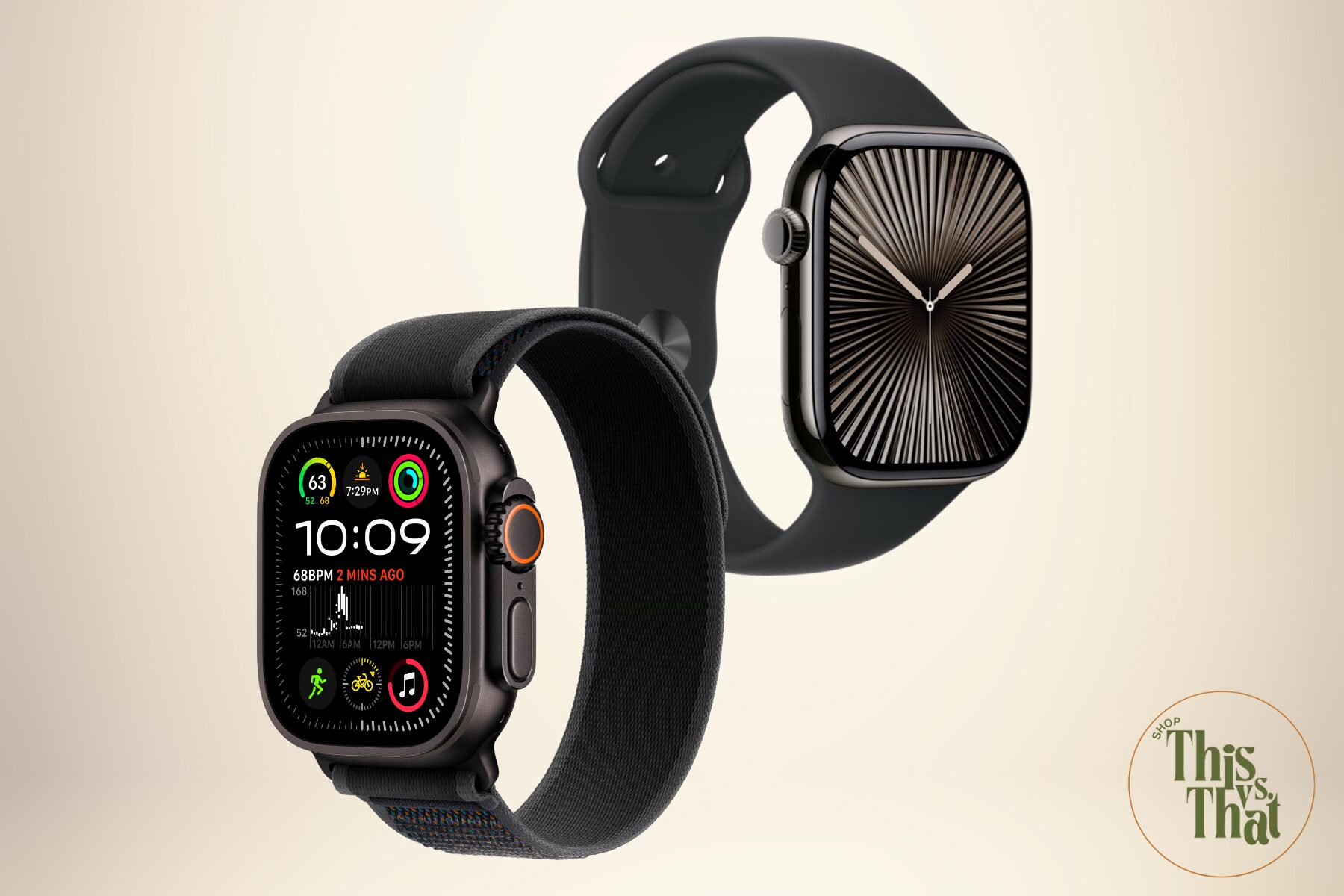


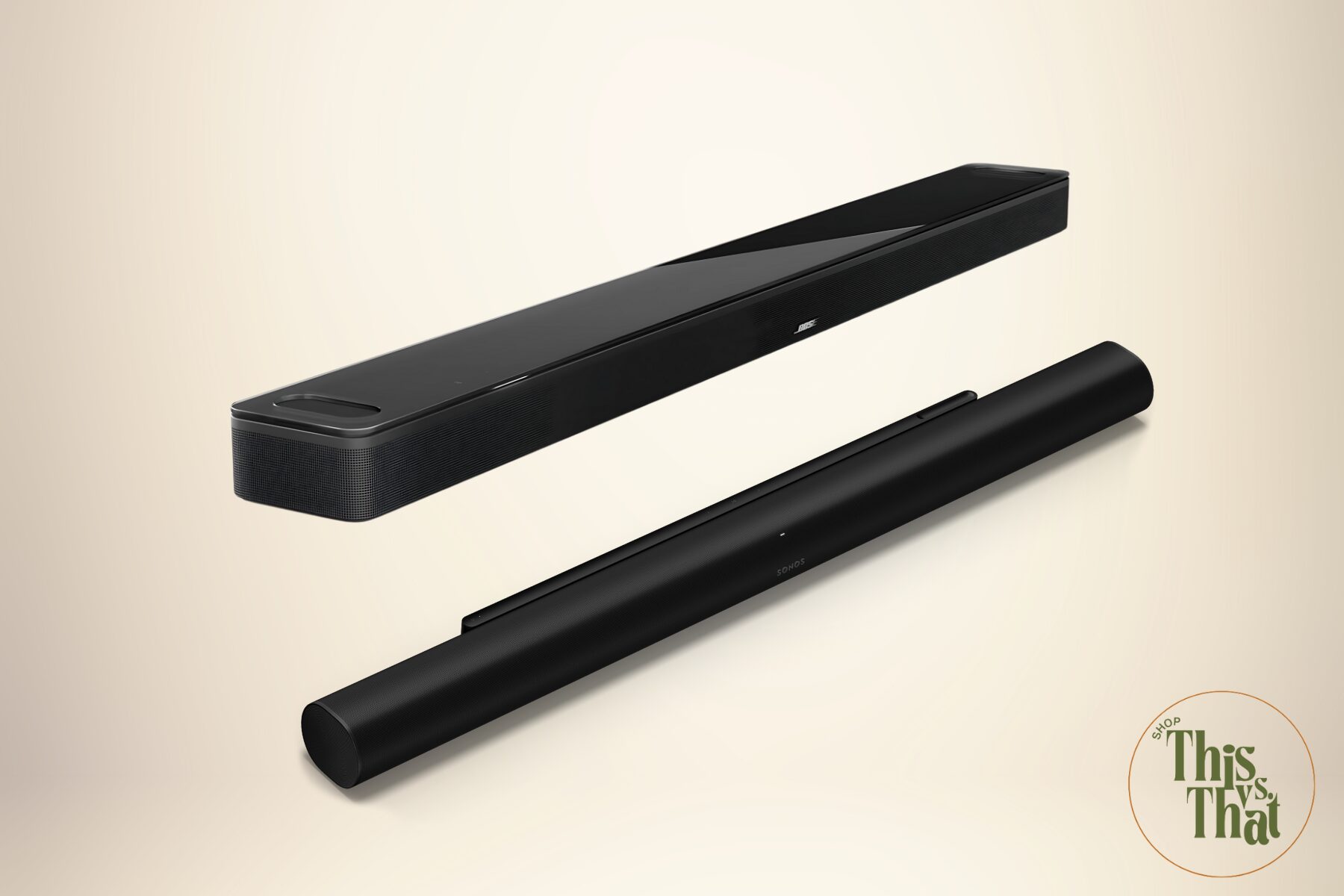

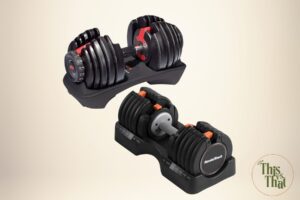
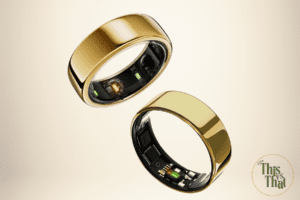


Leave a Reply